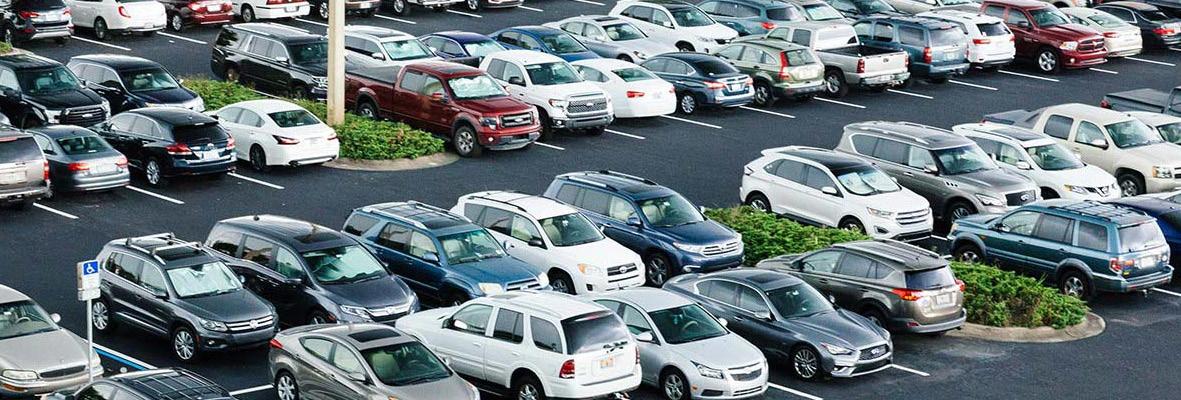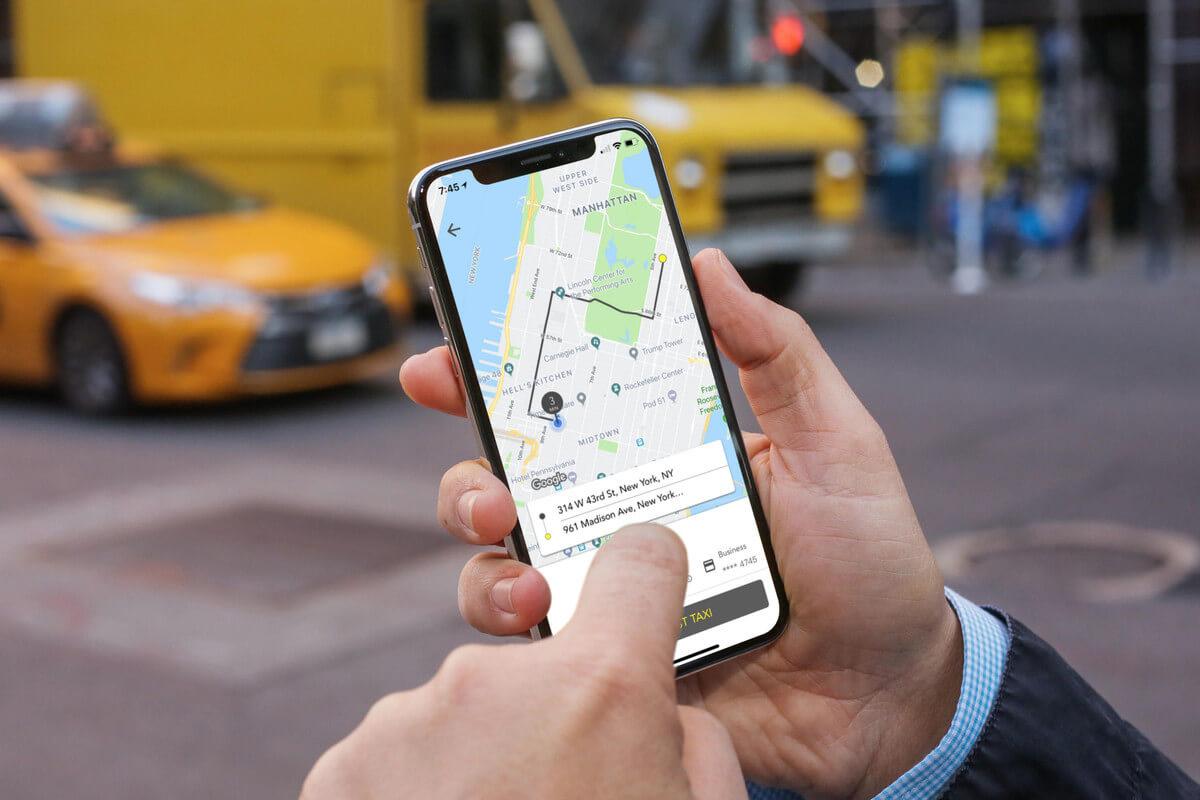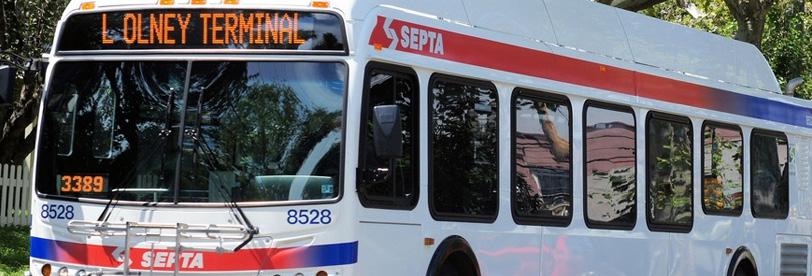The Role of Technology No proposals for policies to be contained within the Green New Deal should be predicated on the development of new technologies. Although some predictions, such as Moore’s Law, which predicts that the number of transistors in a microchip doubles every eighteen months, have remained extremely consistent throughout time, specific technologies have a much more erratic timeline. Half a century ago, it was almost a certainty to some that by the year 2020 humanity would have cracked open cold fusion, or that humans would have reached Mars. It may have seemed equally unlikely, by contrast, that in 2020 a toddler could discover the number of stars in the universe at the touch of a few buttons on an iphone. The development of technology is simply unpredictable, and assuming the existence of new technology when creating policy is a recipe for disaster. Despite this, it would be remiss to not touch on how current and future technologies could impact the landscape of the Green New Deal in the upcoming decade. In recent years, rideshare services and micro-mobility have
had varying levels of success. Mobility services such as Uber and Lyft, have exploded in popularity and substantially impact the way we move between places. On one hand, these services require additional miles to be driven. Instead of moving from origin to destination as is conventional, a rideshare vehicle must first move to the origin from wherever it may be. This also results in an increase in congestion on the roads as rideshare drivers frequently circle popular locations in an effort to draw more rides.95 On the other hand, rideshare services allow for fewer people to own their own vehicles, and lower the monetary barrier to travel in locations not thoroughly covered by public transportation routes. While public transportation is almost certainly more efficient and accessible in dense urban settings, rideshare services may have a place in the Green New Deal in less dense rural environments. Moving past rideshare, micromobility services such as Lime and Bird, create pay-to-use networks of electric bikes, dockless bikes and electric scooters. These forms of transportation offer a solution 33







